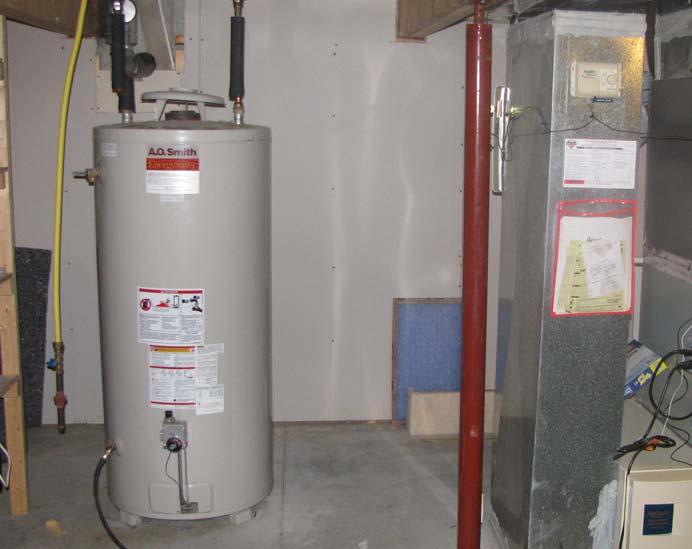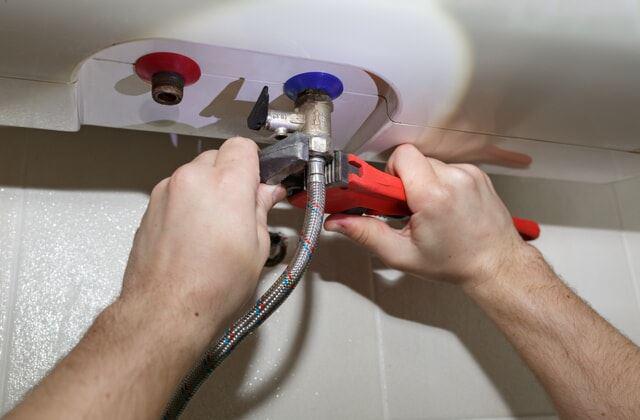Effective Techniques for Caring for Your Home's Hot Water System
Effective Techniques for Caring for Your Home's Hot Water System
Blog Article
We've discovered the article about Tips For Maintaining Your Hot Water Heater listed below on the internet and figured it made perfect sense to talk about it with you on this site.

Hot water is essential for day-to-day convenience, whether it's for a refreshing shower or cleaning meals. To ensure your hot water system runs efficiently and lasts much longer, routine maintenance is crucial. This short article provides sensible pointers and understandings on how to keep your home's hot water system to avoid interruptions and costly repairs.
Intro
Preserving your home's warm water system may seem complicated, but with a couple of basic steps, you can guarantee it operates efficiently for years ahead. This guide covers everything from recognizing your hot water system to do it yourself maintenance ideas and knowing when to employ professional help.
Value of Maintaining Your Hot Water System
Normal maintenance not just extends the life-span of your hot water system but likewise guarantees it operates effectively. Neglecting maintenance can lead to reduced effectiveness, higher power bills, and even premature failing of the system.
Indications Your Warm Water System Needs Maintenance
Knowing when your hot water system needs focus can prevent major concerns. Look out for signs such as inconsistent water temperature level, weird noises from the heating unit, or rustic water.
Understanding Your Hot Water System
Before diving into maintenance jobs, it's useful to understand the basic elements of your hot water system. Normally, this consists of the hot water heater itself, pipelines, anode poles, and temperature level controls.
Month-to-month Upkeep Tasks
Routine regular monthly checks can assist capture small concerns prior to they escalate.
Flushing the Water Heater
Flushing your water heater gets rid of debris buildup, improving efficiency and extending its life.
Checking and Replacing Anode Rods
Anode poles protect against corrosion inside the tank. Examining and changing them when worn is essential.
Examining and Readjusting Temperature Setups
Readjusting the temperature level settings ensures optimal performance and security.
DIY Tips for Upkeep
You can do several maintenance tasks yourself to keep your hot water system in leading condition.
Looking for Leaks
Consistently check pipes and connections for leaks, as these can result in water damage and greater expenses.
Testing Pressure Alleviation Valves
Checking the stress relief valve guarantees it operates appropriately and stops extreme pressure build-up.
Shielding Pipes
Shielding warm water pipes reduces warmth loss and can conserve energy.
When to Call an Expert
While DIY maintenance is valuable, some concerns need professional proficiency.
Facility Concerns Needing Expert Aid
Instances include significant leaks, electrical problems, or if your hot water heater is constantly underperforming.
Routine Specialist Maintenance Benefits
Specialist maintenance can include detailed assessments, tune-ups, and guaranteeing conformity with security criteria.
Final thought
Routine upkeep of your home's hot water system is essential for effectiveness, longevity, and expense financial savings. By following these tips and recognizing when to look for professional aid, you can guarantee a trusted supply of hot water without unanticipated disturbances.
How to Maintain an Instant Hot Water Heater
Before tinkering with your hot water heater, make sure that it’s not powered on. You also have to turn off the main circuit breaker and shut off the main gas line to prevent accidents. Also turn off the water valves connected to your unit to prevent water from flowing into and out of the appliance. 2. When you’re done, you have to detach the purge valves’ caps. These look like the letter “T†and are situated on either side of the water valves. Doing so will release any pressure that has accumulated inside the valves while at the same time avoid hot water from shooting out and burning your skin. 3. When the purge valves’ caps are removed, you have to connect your hosing lines to the valves. Your unit should have come with three hoses but if it didn’t, you can purchase these things from any hardware or home repair shops. You can also get them from retail stores that sell water heating systems. Read the user’s manual and follow it to complete this task properly. When the hosing lines are connected, open the purge port’s valves. 4. You should never use harsh chemical cleaners or solutions when cleaning your unit. Make use of white vinegar instead. It should be undiluted and you’ll probably use about 2 gallons. 5. Now flush your water heater. This task should probably take about 40 minutes. We can’t give you specific directions for this because the procedure is carried out depending on the type, model and brand of your heater. With that being said, refer to the user’s manual. 6. When you’re done draining the unit, you have to turn off the purge port valves again. Remove the hosing lines that you earlier installed on each of the water valves. Put the valve caps (purge port) back in their respective places and be very careful so as not to damage the rubber discs that are found inside these caps. 7. Now that everything’s back in place, check your user’s manual again to find out how to reactivate your water heating system. 8. Once it is working, turn one of your hot water faucets on just to let air pass through the heater’s water supply pipes. Leave the tap on until water flows smoothly out of it. https://www.orrplumbing.com/blog/2014/september/how-to-maintain-an-instant-hot-water-heater/

Do you enjoy more info about Tips on Maintaining a Water Heater? Write a comment down the page. We would be happy to hear your opinions about this blog entry. In hopes that you visit us again in the near future. Kindly take a moment to distribute this blog if you enjoyed it. We thank you for reading our article about Tips on Maintaining a Water Heater.
Schedule Estimate Report this page